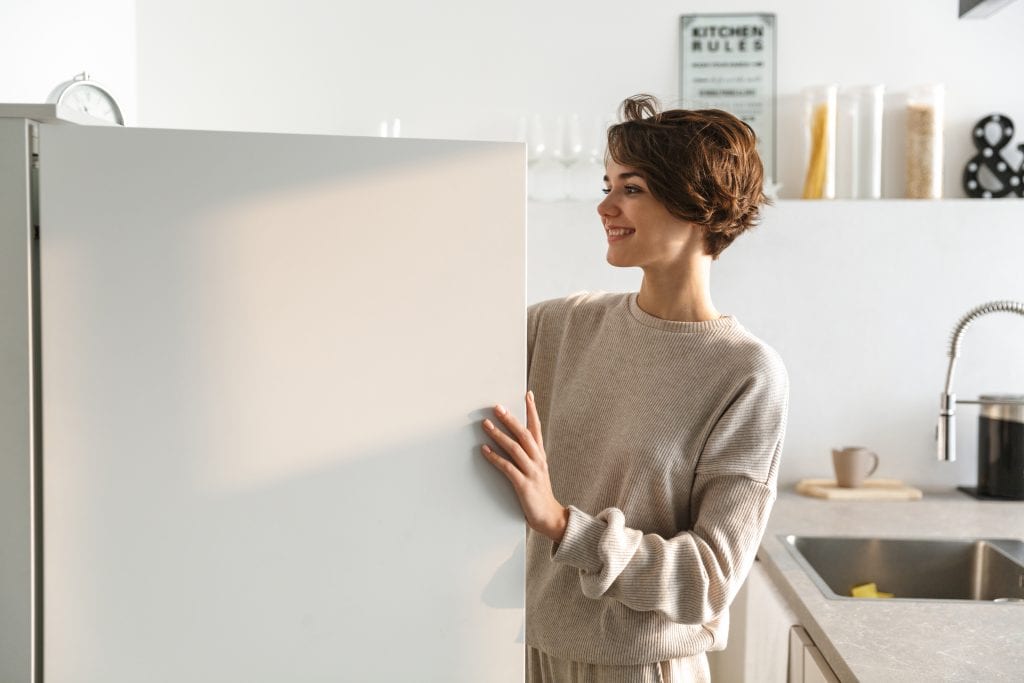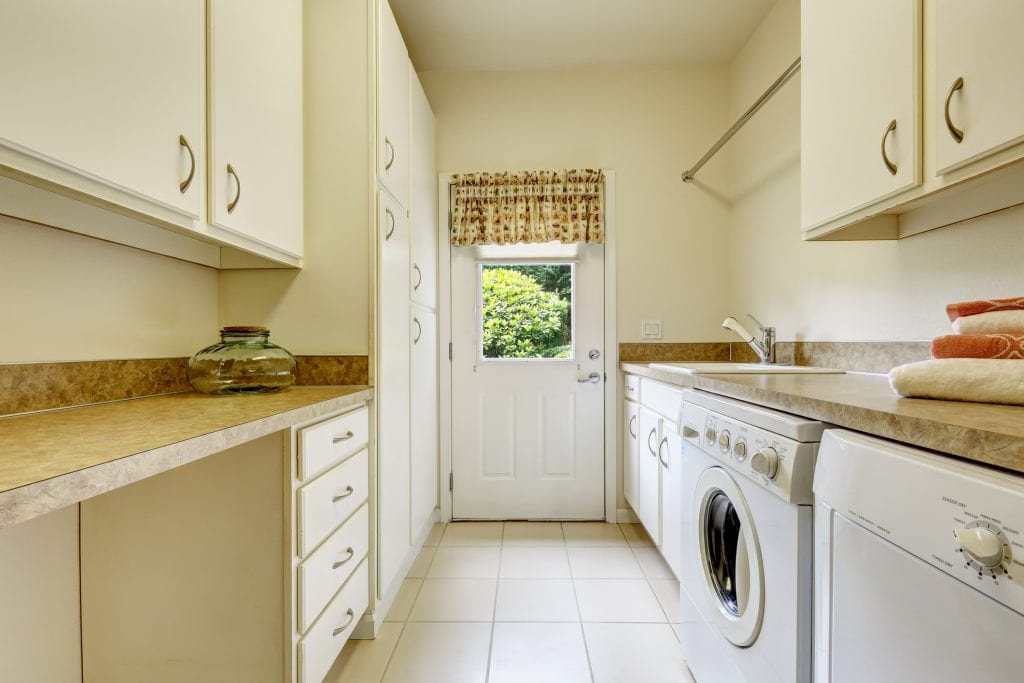
SAFETY SENSE
Holiday & Winter Fire Safety
Help keep your loved ones and your home safe during the holidays with these smart precautions.
- Check holiday light strands for damaged or broken wires and plugs. Enjoy indoor lights only while someone is home and turn them off before going to bed.
- Keep live Christmas trees in a sturdy, water-filled stand and check daily for dehydration. Dried-out trees are dangerous and should be discarded immediately.
- Always use non-flammable decorations both indoors and outdoors.
- Be sure to keep space heaters away from bedding, curtains, paper — anything flammable. Never leave space heaters unattended while in use.
- Children should not have access to or be allowed to use matches, lighters or candles.
- Candles add lovely ambience to your holiday home. They need to be placed in stable holders and kept away from flammable items, drafts, pets and children or use an LED candle for peace of mind.
- Busy with holiday cooking and baking? Kitchen fires are the leading cause of house fires. Keep an all-purpose fire extinguisher within easy reach and know how to use it.
We hope you enjoy a happy and safe holiday season!

LIFE SMARTS
Feeling Blah? Top Energy- Boosting Ideas
Try these tips to keep your energy up throughout the day.
- If you’re a morning person, try getting up extra early to get a jump on the day, or to just get some extra time for yourself.
- Morning stretches help your body get off to a good start, and help with flexibility, too!
- Instead of that afternoon cup of coffee, opt for a brisk walk outdoors.
- Sitting at a desk all day? Be sure to get up to stretch for a couple of minutes at least every half hour.
- Avoid caffeine later in the day. It will just keep you up late and you’ll feel tired in the morning as a result.
Here’s to a great day!

MAINTENANCE MEMO
Your Roof & Drainage Checklist
You may not think about your roof and gutters very much, if at all. But it’s important to give them a checkup and some TLC to prevent big problems down the road.
- Clean leaves and other debris from gutters to prevent clogs and pooling water. You may need to do this more than once a year if you have very heavy leaf fall.
- After cleaning the gutters, run water through them from your garden hose to make sure the downspouts are clear and the water is channeled away from the foundation.
- Check gutter sections for alignment and adjust them if necessary. Make sure seams between the sections are watertight.
- Downspout extensions, available at hardware stores, can be used to carry water away from the home. Use these only where they won’t pose a tripping hazard.
- Use binoculars to check the roof for missing or damaged shingles and flashing. If you notice any issues, have the roof inspected and any repairs made by a qualified professional before the snow!

HOUSEWISE
Cold Comfort
Keeping your refrigerator in top shape will help it last longer and run more efficiently. Here’s how to do it!
CLEAN THE COILS
Dust or vacuum the condenser coils every few months. Depending on your specific model, they may be located under, behind or above the unit.
SUPER SEAL
Clean dirt and debris from the door gasket on all sides. Check for cracks or other damage and replace the gasket if necessary to keep a tight seal.
FILTER IT
Change the water filter for the ice maker and water dispenser as recommended by the manufacturer. No one wants dirty ice!
TAKE THE TEMP
Use a refrigerator thermometer to make sure the temperature stays below 38°F /4°C. The freezer should be at 0°F /-18°C.
FILL ‘ER UP
Keep both the fresh food storage and freezer sections at least half full if possible. Cold or frozen food help maintain the temperature inside, much like a portable cooler stays colder longer when it’s full of cold items.
TIME TO GO?
If your fridge is over 20 years old, it should probably be replaced. An aging refrigerator might be using up to 3 times the amount of electricity compared to current energy-efficient models. Appliance delivery usually includes removing and recycling your old (faithful) unit.
Following these steps will help your refrigerator last longer, perform at its best, and will save on energy costs, too.

HOME SMARTS
Smoke Alarms 101
Smoke alarms are an important defense against injury or death in house fires, so make sure your smoke alarms are in good shape to help warn your family in case of emergency.
- Location is key! Smoke alarms should be installed in every bedroom, outside every sleeping area, and on each level of the home. Follow the manufacturer’s instructions for placement.
- The two primary types of smoke alarm technology are ionization and photoelectric. Ionization alarms are more responsive to flames, while photoelectric alarms are more sensitive to smoldering fires. For the best protection, both types or combination units should be installed.
- Never remove the unit’s battery or disconnect the alarm to stop or prevent annoying alarm bells such as those caused by cooking.
- Replace the batteries at least once a year. Test each unit monthly using its test button and replace the battery if necessary. Many alarms now come with 10-year batteries that can’t be replaced, but should still be tested monthly to make sure they work.
- Smoke alarms that are wireless or hard-wired to the home’s electrical system should be interconnected. If one alarm is triggered, all of the others will sound as well. Hard-wired alarms, interconnected or not, should be installed by a licensed electrician for safety and proper operation.
Remember, a non-working smoke alarm is no better than no alarm at all!

CLEAN LIVING
Laundry Room Ideas
Whether you’re looking to improve your existing setup or re-doing your laundry area, consider these ideas for making the best of laundry day.
- Have a place to hang clothes that can’t go in the dryer. If you have the space, use a folding or pull-out drying rack.
- Store detergent and other laundry products where you can reach them easily without bending or climbing.
- Fold clean laundry on a bed if you don’t have counter space in the laundry room.
- Consider a washing machine leak detector that will give you an early alert to a water leak.
- Add some fun framed photos or kids’ artwork to the space and make the chore less of a bore.

Experience the Pillar To Post difference. Schedule your next home inspection today!



 icon and select "Add to Home Screen".
icon and select "Add to Home Screen".







